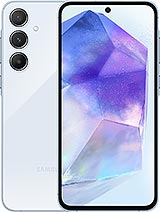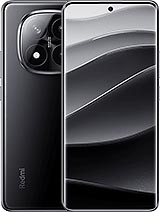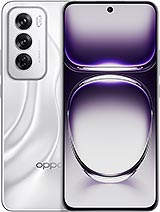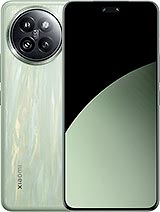Poco F7 alternatives
Tap above to see alternatives.
Vivo T3 Ultra alternatives
Tap above to see alternatives.
Vivo T3 Ultra

Vivo T3 Ultra
-
Dimensity 9200+
4 nm
-
5500 mAh
80W
-
6.78"
1260 x 2800 pixels
-
50 MP
4K@30/60fps
-
Specs

1x3.21 GHz Cortex-X4
3x3.0 GHz Cortex-A720
2x2.8 GHz Cortex-A720
2x2.0 GHz Cortex-A720
1x3.35 GHz Cortex-X3
3x3.0 GHz Cortex-A715
4x2.0 GHz Cortex-A510
12GB 512GB (UFS 4.1)
8GB 256GB (UFS 3.1)
12GB 256GB (UFS 3.1)
Sony IMX882, f/1.5, 26mm (wide), 1/1.95", 0.8µm, PDAF, OIS
8 MP
SmartSens SC820CS, f/2.2, 15mm (ultrawide), 1/4.0", 1.12µm
f/1.9, 24mm (wide), 1/1.56", 1.0µm, PDAF, OIS
8 MP
f/2.2, 120˚ (ultrawide), 1/4.0", 1.12µm
1080p@30/60/120/240/960fps
1080p@30fps
OmniVision OV20B, f/2.2, (wide), 1/4"
f/2.0, 21mm (wide), 1/2.76", 0.64µm, AF
1080p@30fps
SIM1: Nano, SIM2: Nano
SIM1: Nano, SIM2: Nano
15 5G bands
n1, n2, n3, n5, n7, n8, n20, n28, n38, n40, n41, n48, n66, n77, n78
8 5G bands
n1, n3, n5, n8, n28, n40, n77, n78
In this performance comparison, the Poco F7 with its Qualcomm Snapdragon 8s Gen 4 (4nm) performs better than the Vivo T3 Ultra with the Mediatek Dimensity 9200+ (4nm), thanks to superior chipset efficiency.
Poco F7 offers 4 years of OS updates, whereas Vivo T3 Ultra provides 2 years. For security updates, Poco F7 offers 6 years of support compared to Vivo T3 Ultra's 3 years.
Both Poco F7 and Vivo T3 Ultra feature AMOLED displays, offering vibrant colors and deeper blacks. Both smartphones offer the same 120 Hz refresh rate. Vivo T3 Ultra also boasts a brighter screen with 4500 nits of peak brightness, enhancing outdoor visibility. Notably, Poco F7 offers a higher screen resolution, resulting in sharper visuals and more detailed content.
Poco F7 comes with a larger 7550 mAh battery, which may offer longer usage on a single charge. Poco F7 also supports faster wired charging at 90W, compared to 80W on Vivo T3 Ultra.
Both phones feature the same IP68 rating for water and dust resistance.
- Vivo T3 Ultra – Check price here
¹ Scores can vary even with the same chipset due to RAM, thermals, and software optimization.









